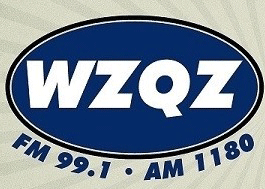Stargazers can look forward to a planetary parade happening this evening, February 28, just after dusk. During this event, seven out of the eight planets in our solar system will be visible in the sky, with six of them observable for most of the week. On Friday, Mercury will join Venus, Mars, Jupiter, Saturn, Uranus, and Neptune in this alignment.
However, not all of these planets can be seen without equipment. Neptune and Uranus require high-powered binoculars or a telescope to be visible, and Saturn might be hard to spot as it will be close to the sun. It is not unusual for multiple planets to align, but seeing four or five at once is less common.
Planetary alignment happens when several planets gather on one side of the sun at the same time. This phenomenon, often called a “planet parade,” is when planets appear to line up and look like they are marching across the night sky. While this is a fun term used by astronomers and stargazers, it is not a strict scientific term.
The alignment occurs because the planets orbit the sun and occasionally move closer together from our perspective on Earth. Since each planet moves at a different speed, this alignment does not last long.
The seven planetsSaturn, Mercury, Neptune, Venus, Uranus, Jupiter, and Marswill create a special sight on February 28. Saturn will be the hardest to see due to its proximity to the sun. The last extensive alignment of seven planets was during the solar eclipse on April 8, 2024.
To best view the alignment, look south about 90 minutes after sunset, which is just before 6 p. m. in Rochester this week. This alignment can be seen from almost any location in North America, depending on the weather. The next alignment will occur on August 29, 2025, featuring six visible planets.








Comments